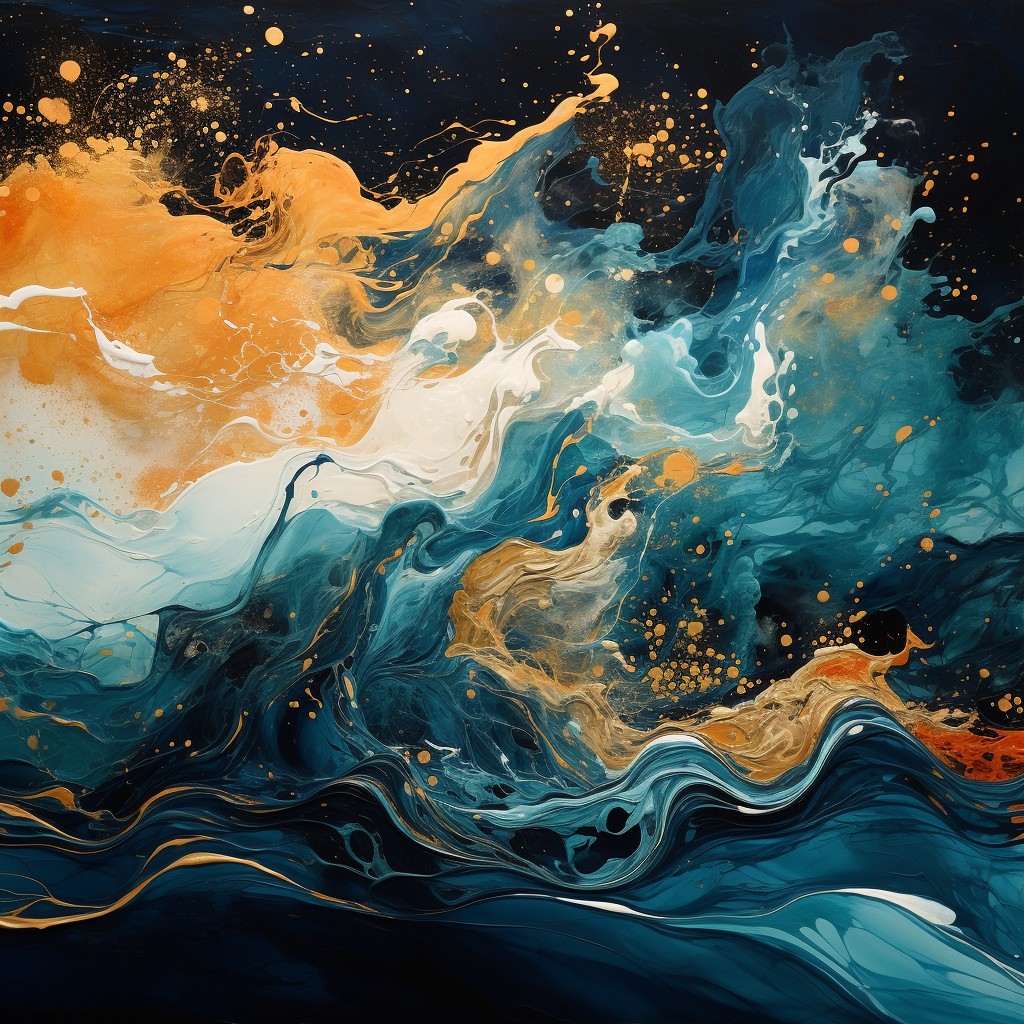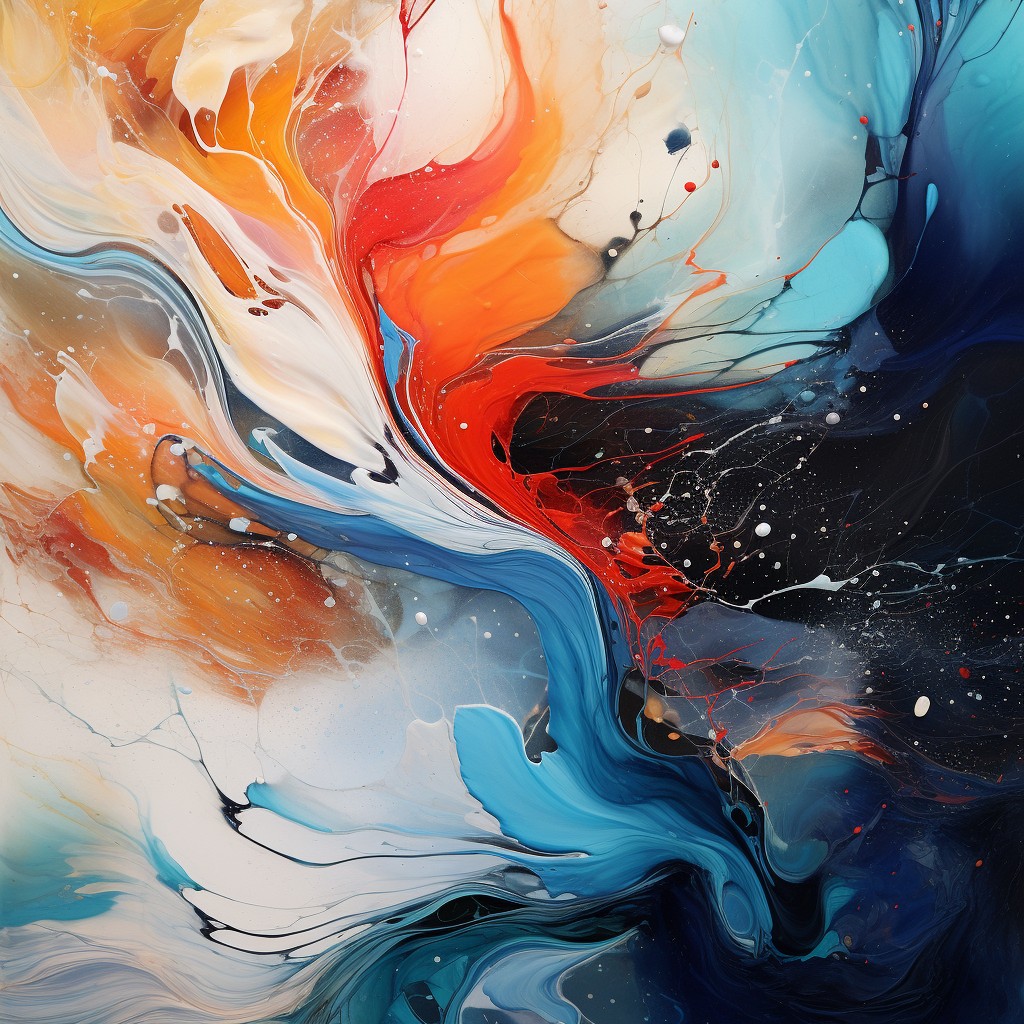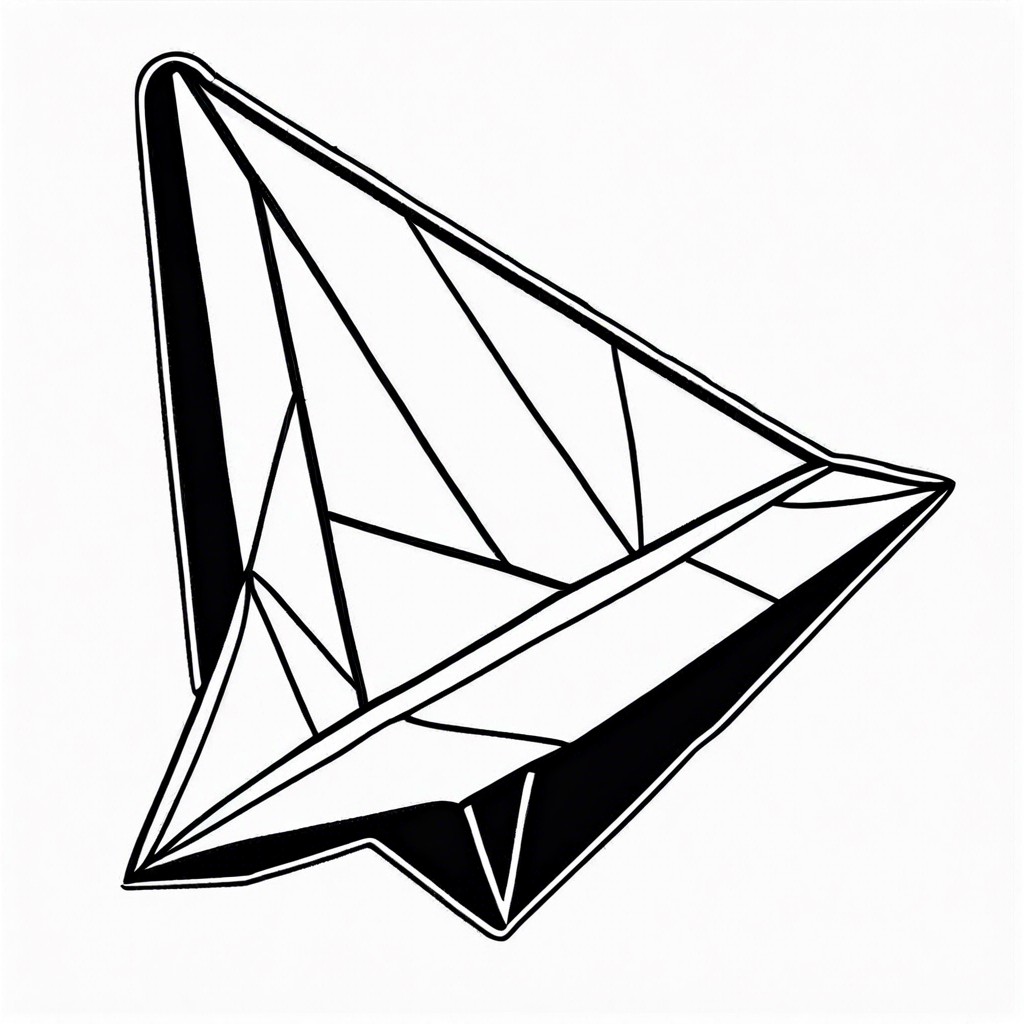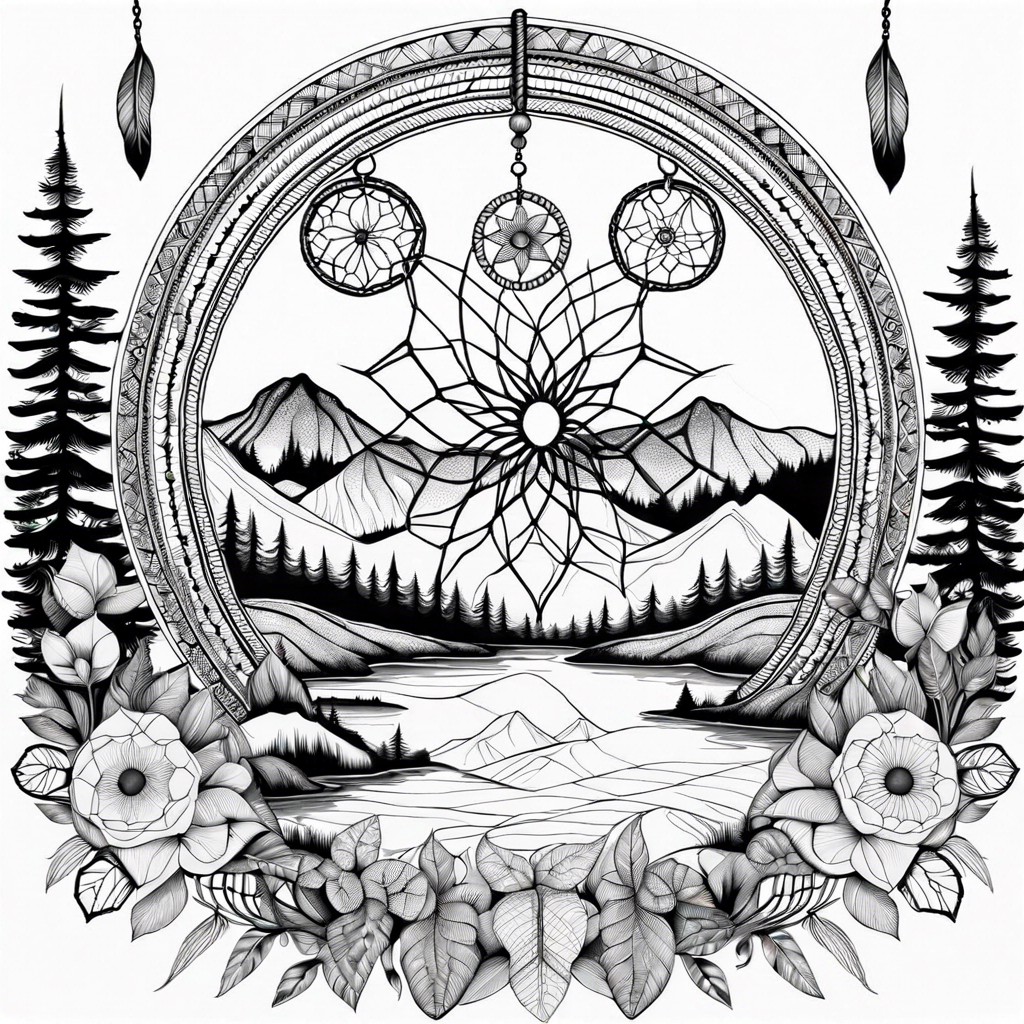In our ever-busy lives, time is often visualized as numbers on a clock or dates on a calendar. But what if we were to depict time not as a rigid construct, but as a flowing entity? The abstract art concept of “Temporal Tide” seeks to explore this very idea—translating the experience of time into a visual language that goes beyond mere measurement.
The Fluidity of Time

Time is a fascinating subject; it can’t be touched, tasted, or smelled, yet it governs our lives in profound ways. It has a malleable quality, stretching and contracting depending on our emotional state or activity. A moment of bliss can feel endless, while years can slip through our fingers like sand. “Temporal Tide” captures this fluidity, allowing the artist to explore what a single second or a millennium might look like on canvas.
The Palette of Time
One of the most exciting aspects of depicting time through abstract art is the limitless palette at an artist’s disposal. The bright hues of spring mornings could represent youth and beginnings, while darker shades might evoke the heavy wisdom that often accompanies age. The use of gradients can also play a crucial role, blending moments into each other, much like the passage of time itself.
Shapes, Textures, and Movements

Besides color, the use of various shapes and textures adds depth to the concept. Spirals could represent cycles or recurring events. Jagged lines might evoke a disruptive moment in time, while smooth curves could symbolize harmony and continuity.
Movement, too, plays a crucial role. Strokes that seem to be in motion can symbolize the relentless march of time, while static forms might represent those moments that feel frozen or timeless. Artists may use techniques like smudging or layering to imbue a sense of motion or stasis, depending on the emotion or idea they wish to convey.
Engaging the Viewer
One of the most captivating elements of “Temporal Tide” is its potential for viewer engagement. Each person who looks at the painting brings their own relationship with time to the experience. The painting becomes a mirror, reflecting the viewer’s past, their understanding of the present, and their hopes or fears for the future. It challenges them to confront their perceptions of time, compelling them to see it not just as a metric but as an ever-changing sea in which they are adrift.
The “Temporal Tide” concept brings a fresh perspective to abstract art, inviting both artists and viewers to transcend conventional ideas and engage with a subject that influences every aspect of human life. It serves as a reminder that time is not merely a sequence of ticks on a clock but a dynamic, emotional, and profoundly personal journey. Through the use of color, texture, and movement, artists can offer a new lens through which to view this most intangible yet omnipresent element, enriching our appreciation and understanding of the world around us.




